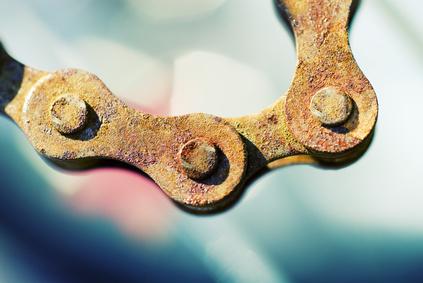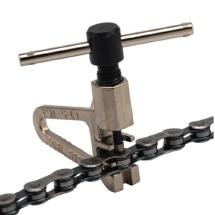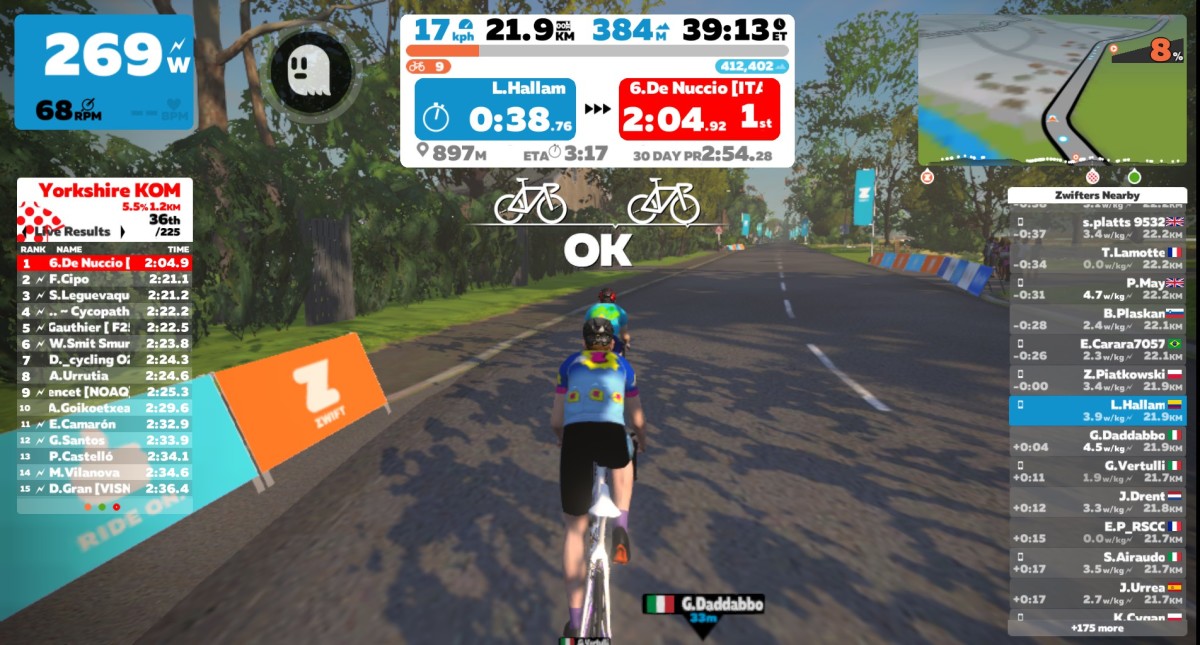How Can I Replace My Bicycle Chain?
Finding Your Way Here.
How did you find this HubPages' Hub article?

How To Inspect and Replace Your Chain: Bicycle Chain Removal and Replacement
A trained and practicing registered nurse by trade, I always find it exciting when I discover aspects of life that near seamlessly draw upon the 4 years of comprehensive nurse training that I received while attending my university’s B.S.N. program. Even better is when some of those skills, namely in various health assessment techniques, beautifully bisect the hobbies—both new and old--of which I have grown to love throughout my life.
On HubPages, I have written several hub articles that relate specifically to a variety of different facets of bicycling. In this article, above all my other articles, I consider myself fortunate enough to be able to draw upon some of the assessment skills that I had learned in nursing school.
Humans and bicycles are different, I know.
Well, sort of.
Sure, bicycles may not have quite the level of complexity of interworking and interrelated systems, such as the cardiovascular and respiratory system that are so common to every human on earth, however they do have their own “systems” that—much like a machine—can lend to a wide array of issues and challenges. These issues can arise from a wide spectrum of causes, to include anything from fairly traumatic bicycle occurrences, to normal wear-and-tear simply from extended or longterm usage.
Like the human body, bicycle issues, such as having to replace your bicycle chain, can warrant the application of assessment techniques when something goes wrong or becomes a “deviation from normal”.
The chain is one of the key elements of a bicycle, and keeping your chain in good shape is essential to having a good and safe ride. A bicycle chain doesn't wear out very quickly, but when it does, you should be able to notice the telltale symptoms. Learning how to replace a bicycle chain is quick and easy, if you know how to do it.
Have you ever had to replace a bicycle chain?
Inspection: How To Inspect & Replace Your Bike Chain
The first thing to do is determine whether or not your bicycle chain needs replacing at all. This can be done in a number of ways. I'll go through the steps for how to inspect your bicycle chain one by one.
First, listen to the noise generated by your pedalling. Do you notice excessive clicking sounds? Does your chain seem to jump around a lot? It's a good sign it's time to replace that bike chain.
Next, do a visual inspection. Is the chain rusty? Do all of the links move freely, or are some of them rusted together? Are there any cracked or bent links in there?
Lastly, use common sense. Do you remember when your chain was replaced? If not, it's likely time to change it.
You can purchase a tool from a bike shop called a chain wear indicator. It's simple to use, just place the hook in the chain, and let the point drop into the chain. It will show exactly how worn out the chain is, in percentage.
If anything stands out from this list, it's a good sign that it's high time you remove and replace your old bike's chain.

Bicycle Chain Tool: Bicycle Chain Removal Tools
Ok, so you need to replace it. You're going to need a specialized tool called a chain tool. You can buy these from your local bike shop for around $15.
This tool works by pushing out the pins that hold your chain together. Take a look at the links from the side, and you'll see they are round with a small pin right in the center. That pin is what holds it all together. Your tool fits into the link perfectly. You spin the arm, pushing the spindle forward and into the center pin. This will require a bit of force, so put a little muscle into it.
You want to push the pin about 80% of the way out. If you push the pin out all the way (so it falls out), it's almost impossible to reattach it. Keep this especially in mind when attaching your new chain.
Once the pin is pushed out about 80% of the way, you should be able to detach the links from each other, and pull it apart. Once detached, it should be easy to remove and replace your bicycle chain.
Use this chain tool method in reverse to push in the pin and attach the new chain.
Good Luck!




